Blog
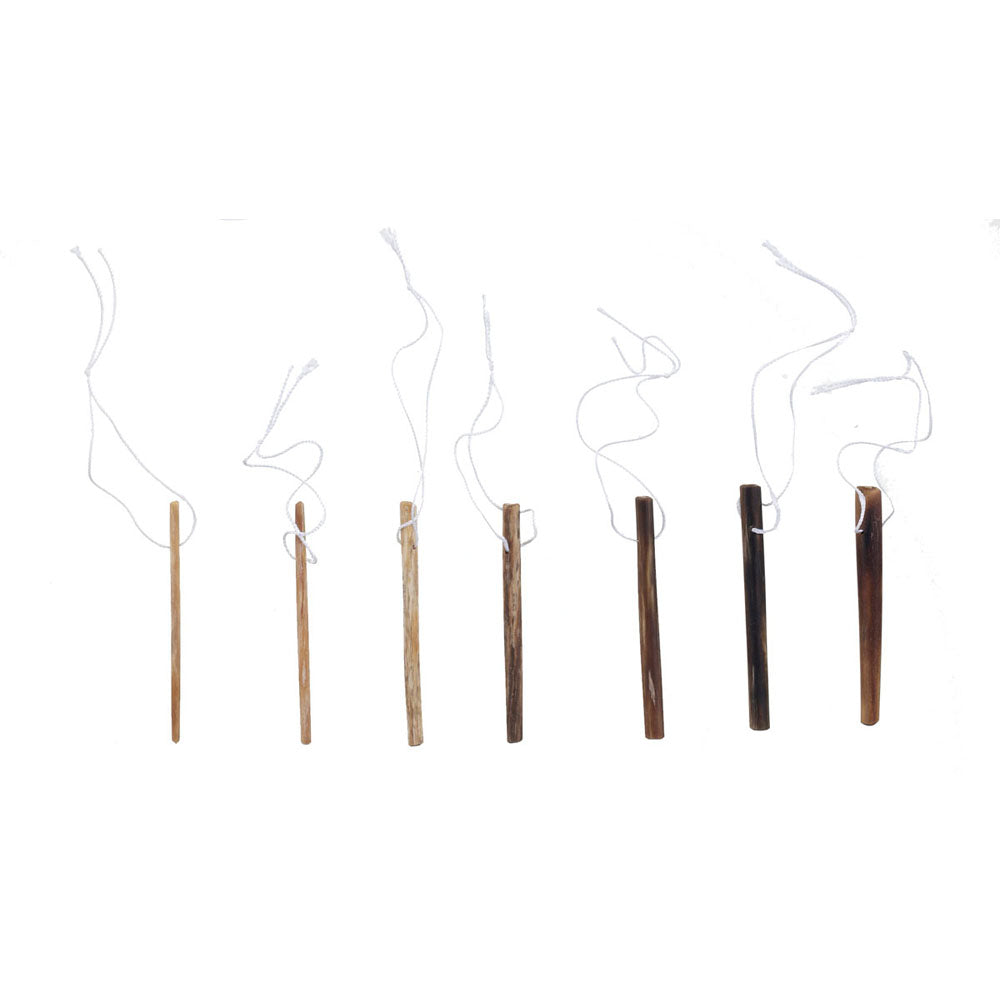
Laminaria in OBGYN: Natural Cervical Dilation Solutions for Safe, Evidence-Based Procedures
Laminaria, a naturally-derived cervical dilator made from seaweed, has played a crucial role in OBGYN procedures for over a century. Its trusted sa...
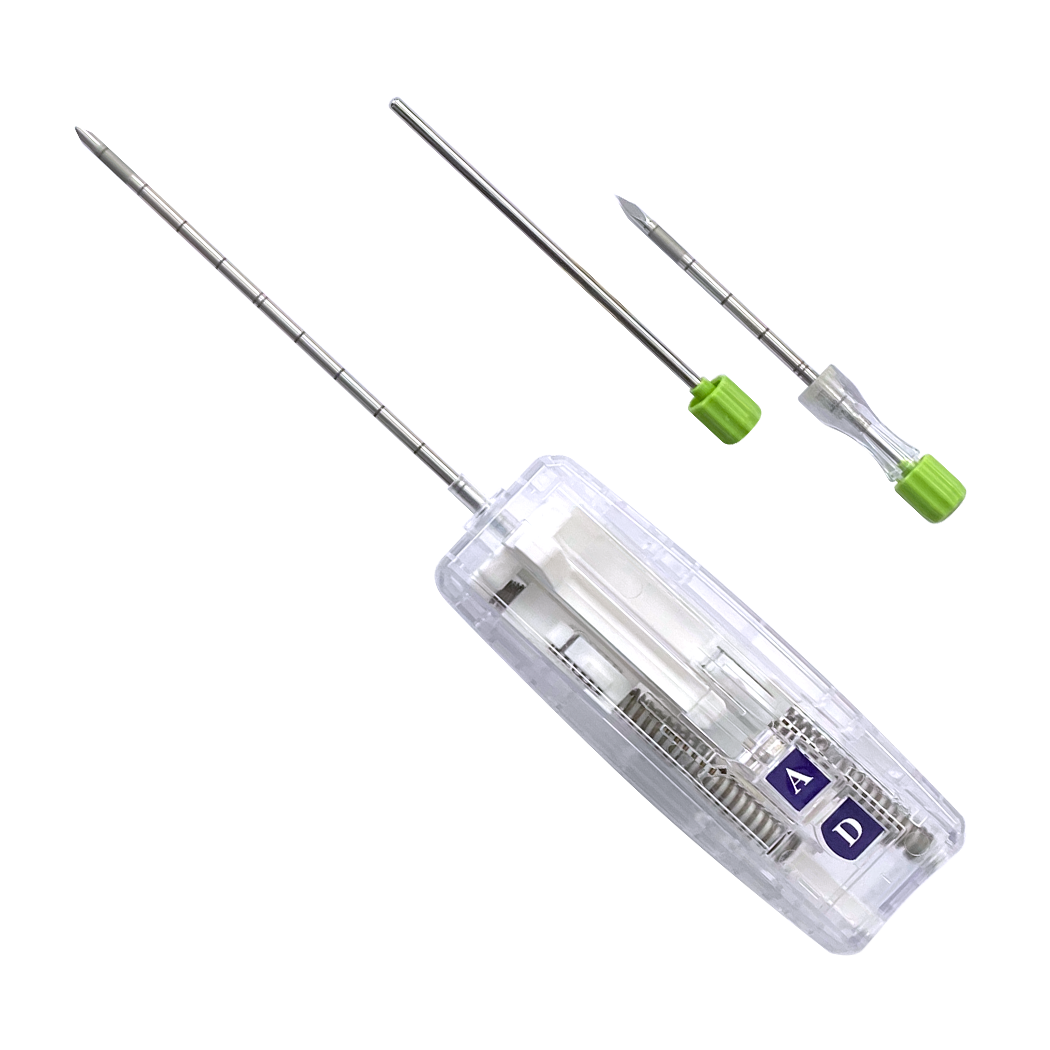
Quick-Core Auto Coaxial Biopsy Needle Set: Advances in Precision and Efficiency for Prostate Biopsies
Precision That Drives Results
Prostate cancer diagnosis frequently hinges on the quality of tissue biopsy, making the choice of needle set vital fo...
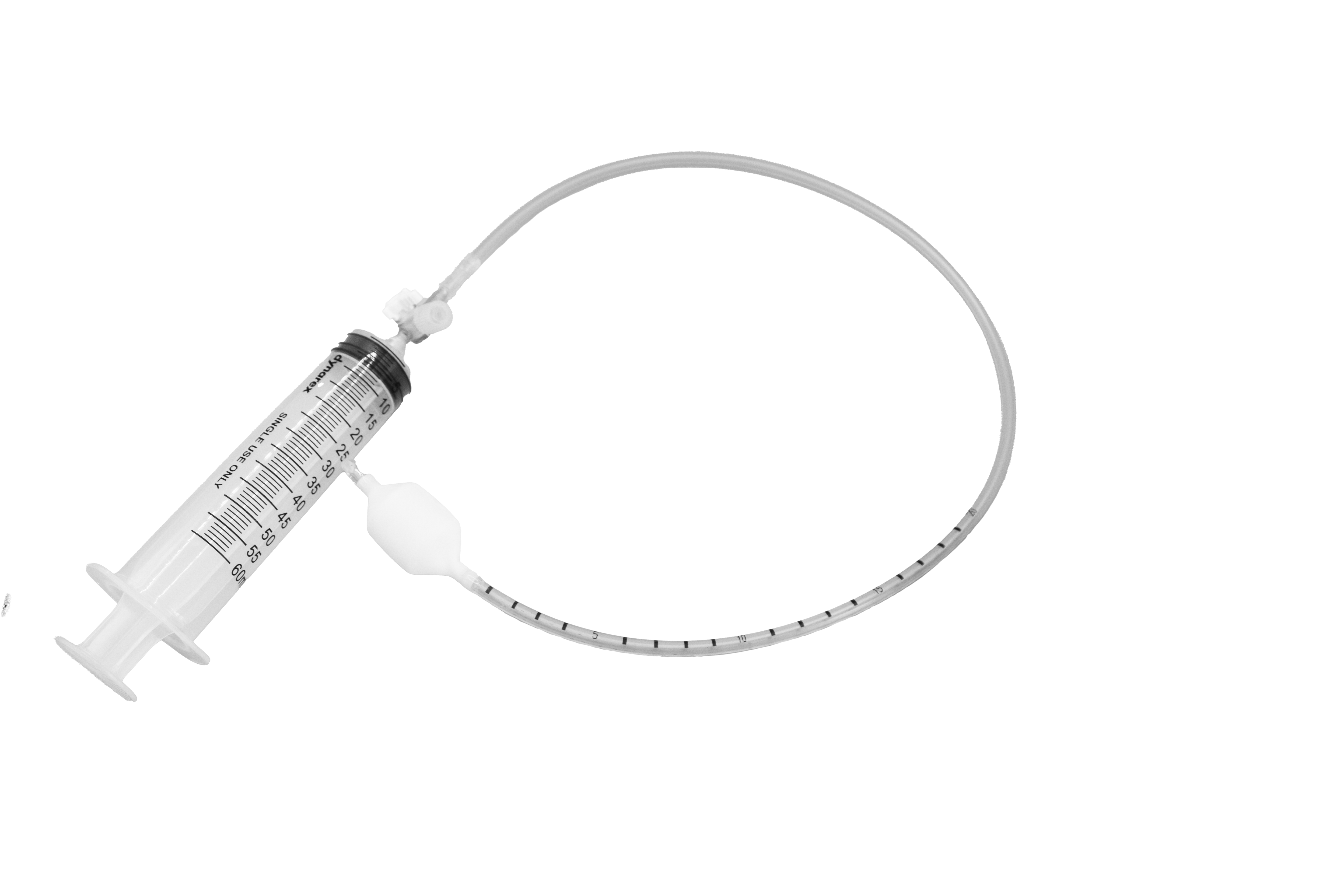
How MUI Scientific Anorectal Balloon Catheters Streamline GI Motility Testing
Constipation affects up to 15% of adults, yet distinguishing between pelvic-floor outlet obstruction and slow-transit dysfunction remains challengi...
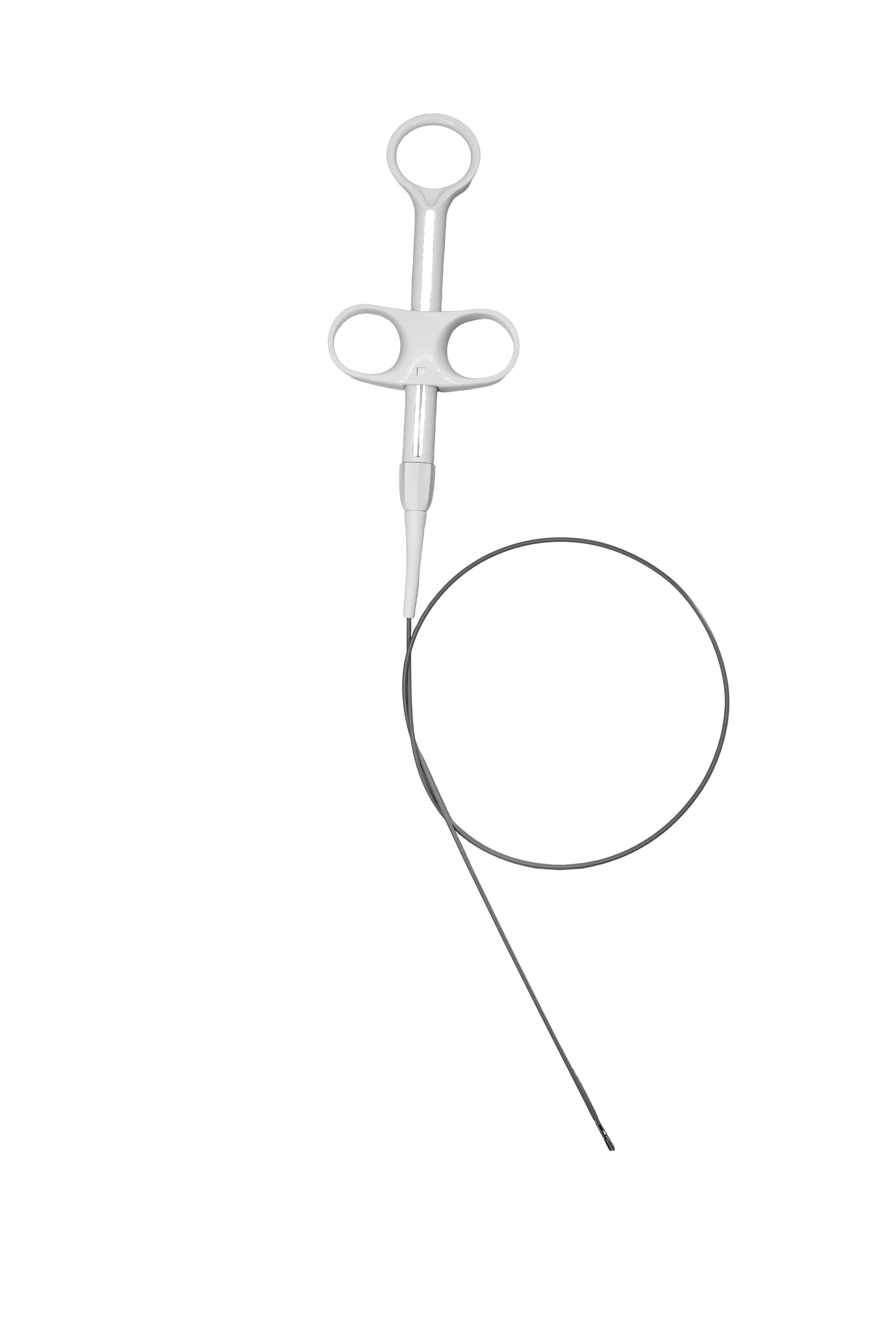
Urology Stent Removal Made Easy: Clinical Solutions and Innovations from Minerva Health Solutions
Managing ureteral stents is a cornerstone of modern urologic care. This guide equips clinicians with actionable strategies and introduces Minerva H...
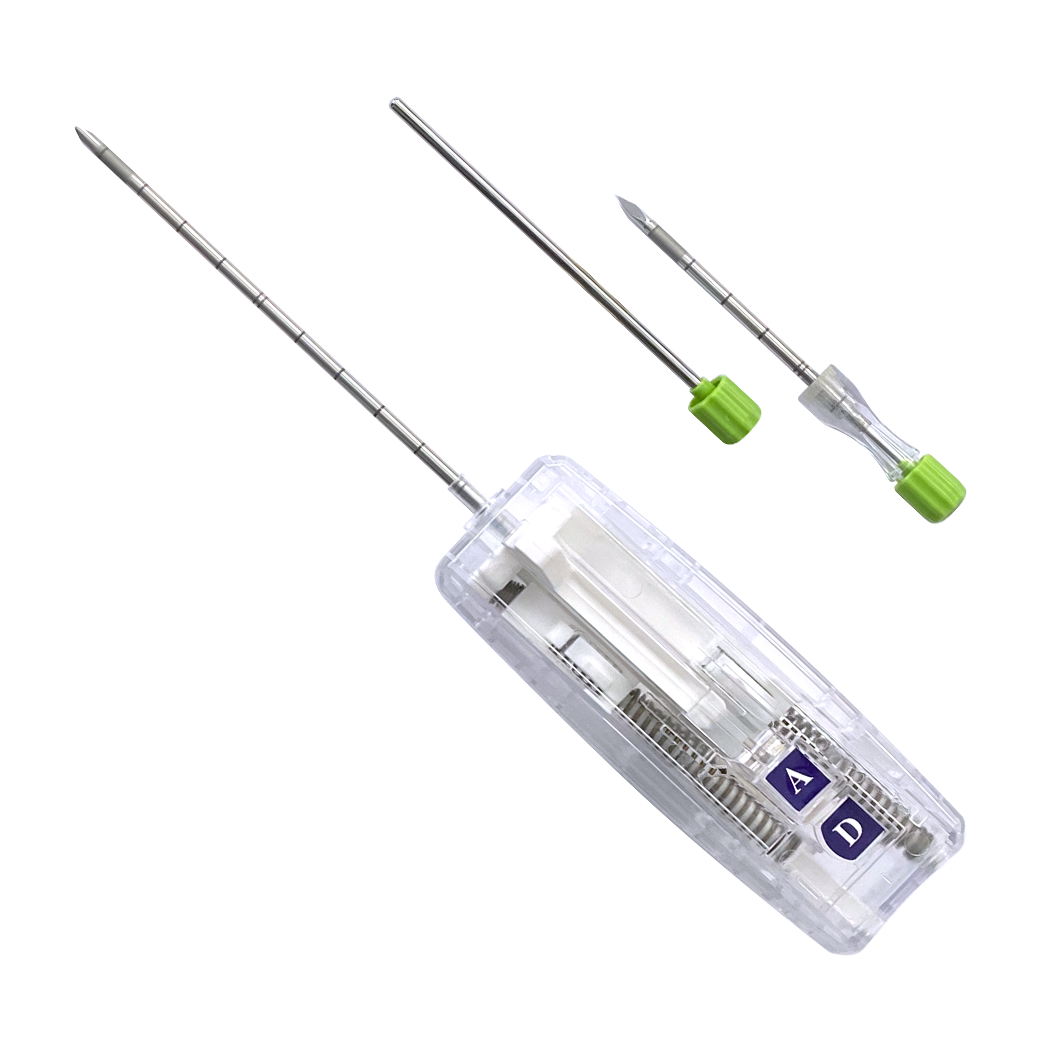
Advanced Biopsy and Breast Lesion Localization: Empowering Clinicians with Minerva Health Solutions
Recent breakthroughs in breast lesion localization and biopsy are reshaping how clinicians approach diagnosis, minimally invasive sampling, and pre...
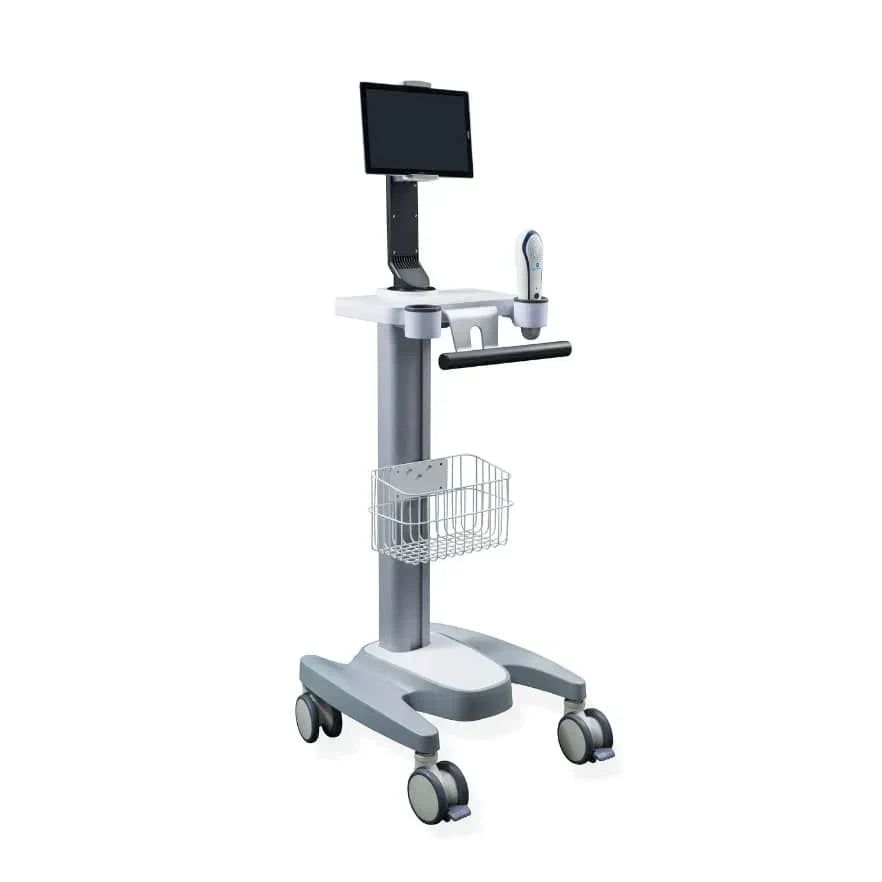
Portable Bladder Scanners for Clinicians: Streamline Urinary Diagnostics with Minerva Health Solutions
Transforming Urinary Care for Clinicians
Portable bladder scanners represent a revolution in urological diagnostics, delivering non-invasive, rapid...
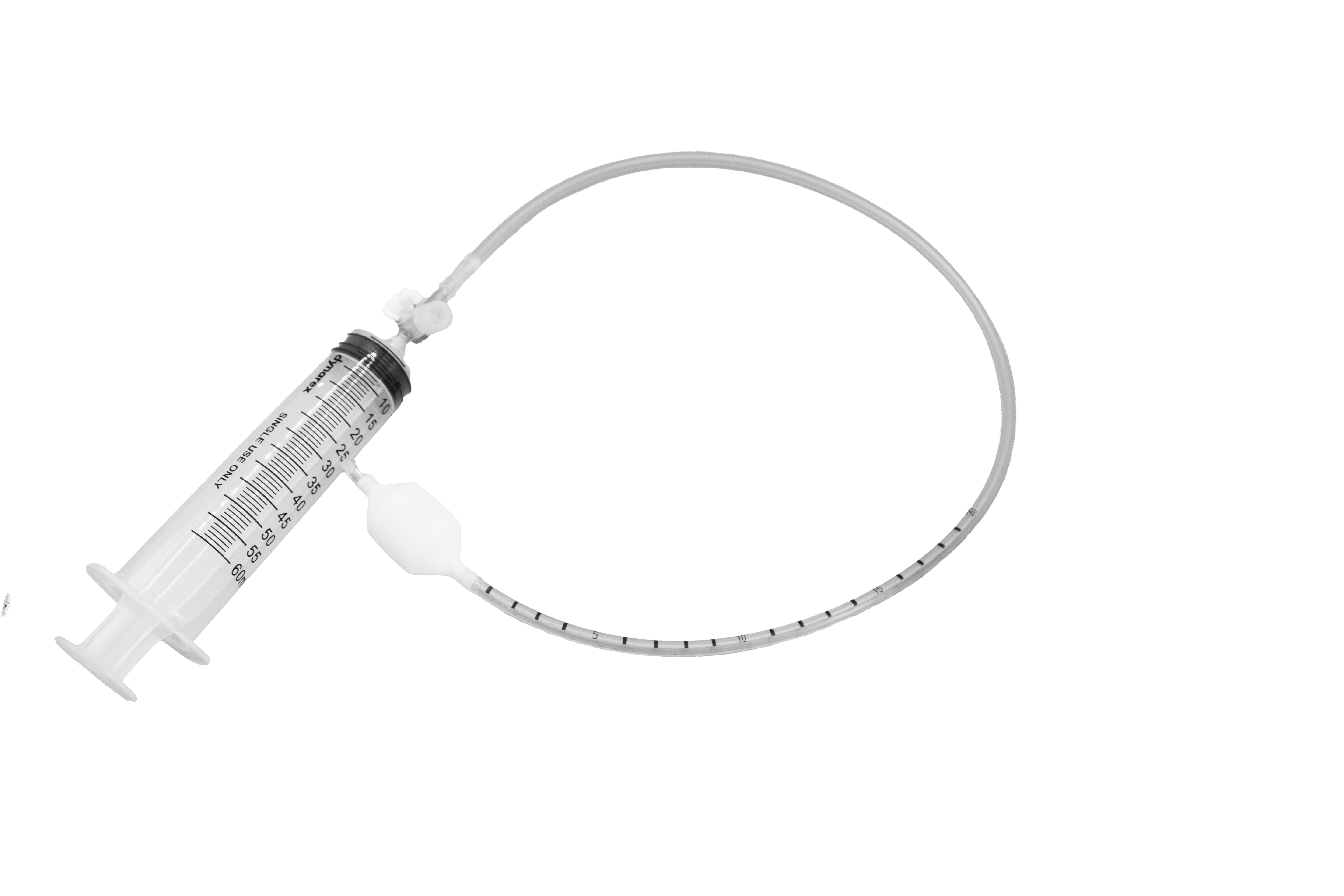
Mui Scientific Anorectal Balloon Catheters: SR1B vs SR2B Comprehensive Comparison
When selecting the right anorectal expulsion catheter for your medical practice, understanding the key differences between Mui Scientific's SR1B a...
How Rectal Balloon Catheters Improve Training for Fecal Incontinence
The effectiveness of rectal balloon catheters in fecal incontinence training lies in their unique ability to integrate sensory retraining, muscle strengthening, and motor learning within a physiologically relevant context, leading to comprehensive restoration of continence function and improved patient quality of life.

